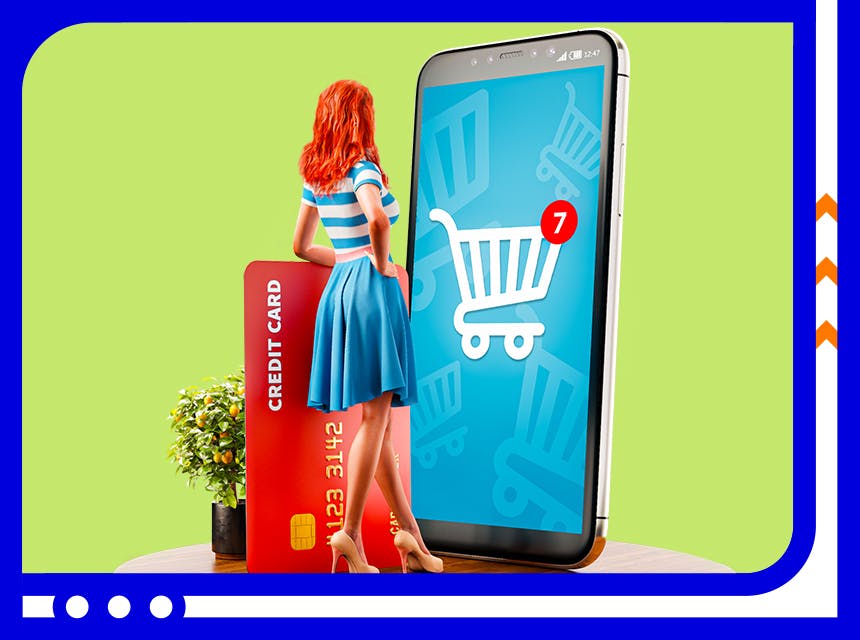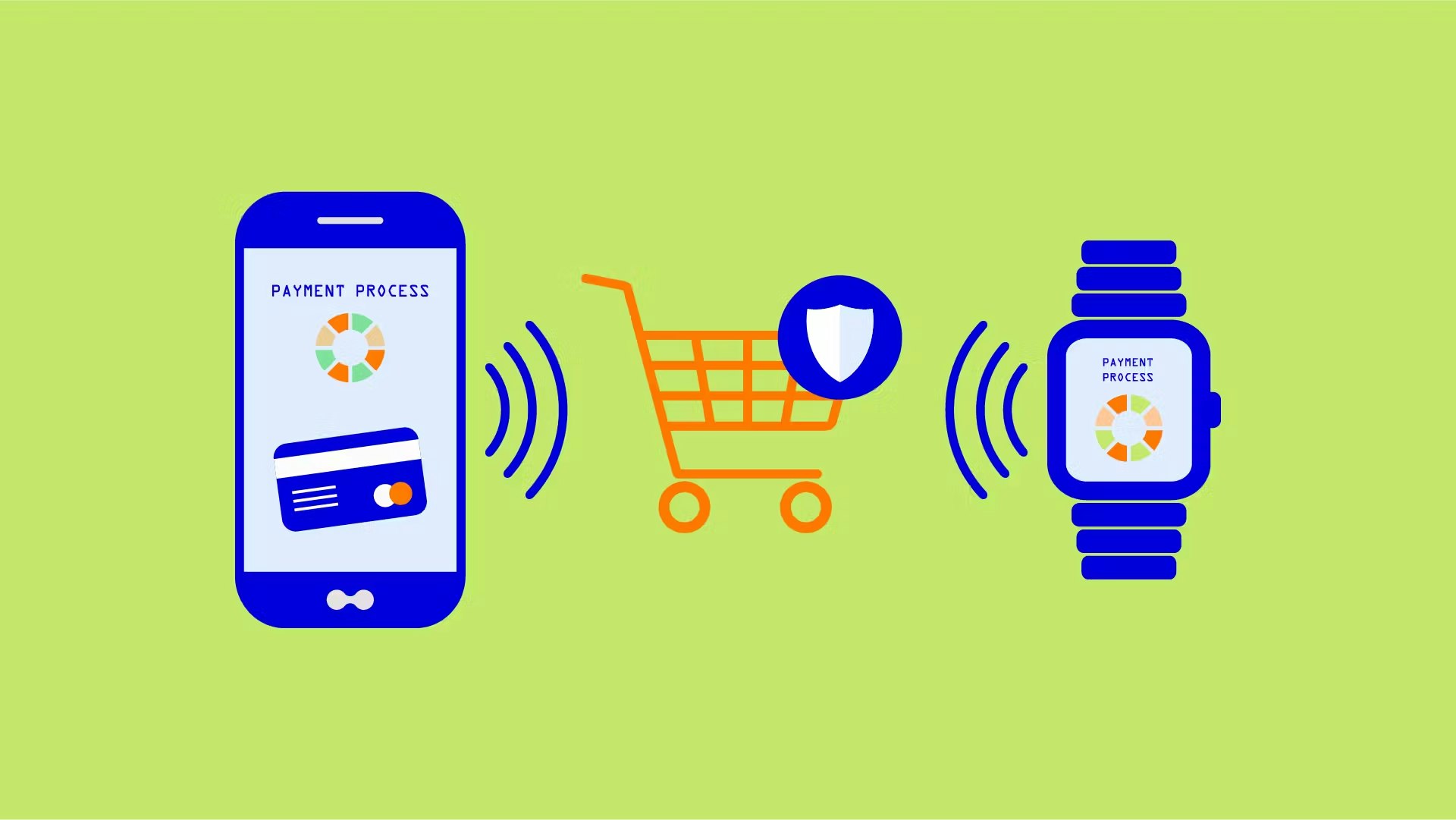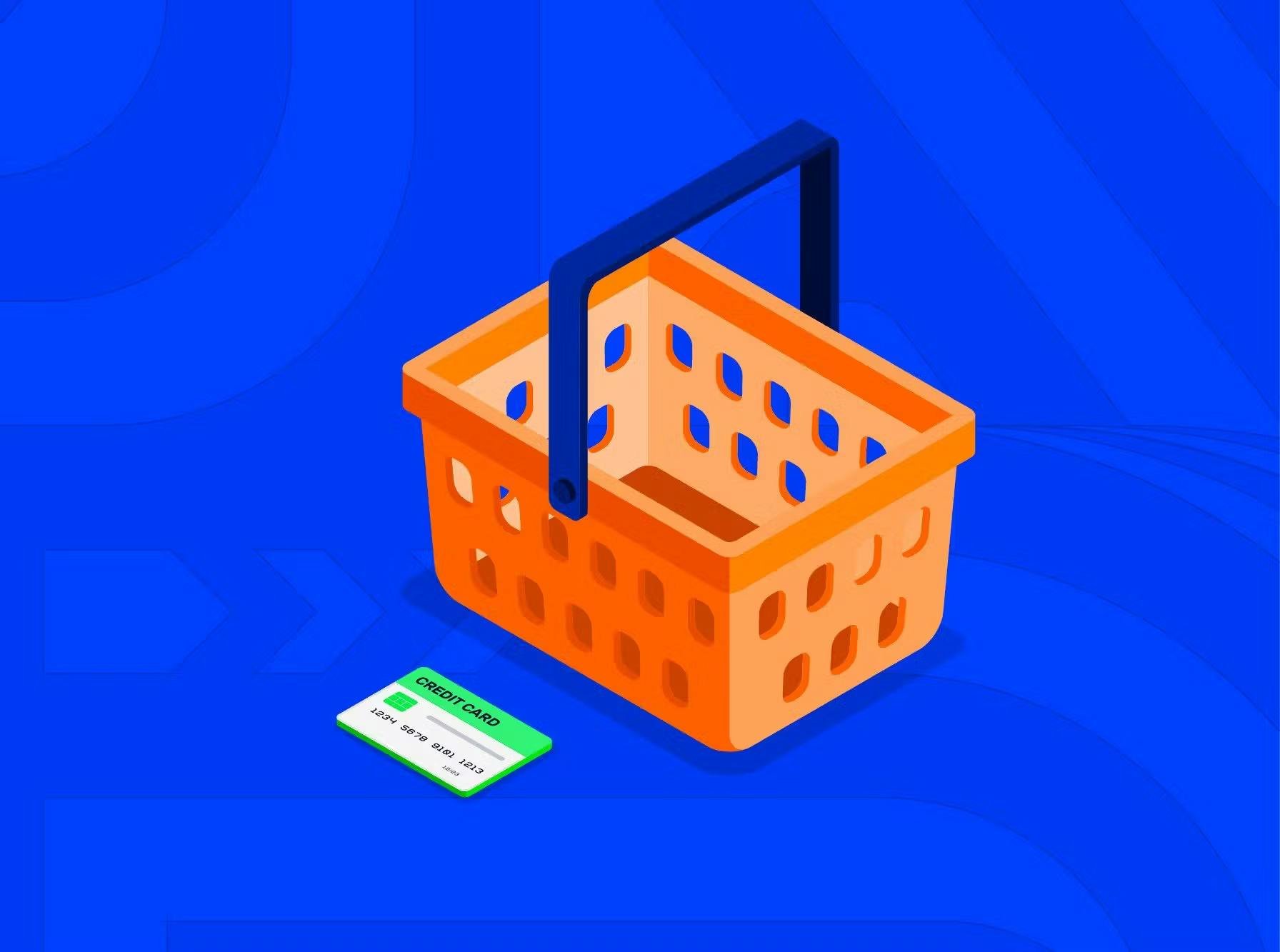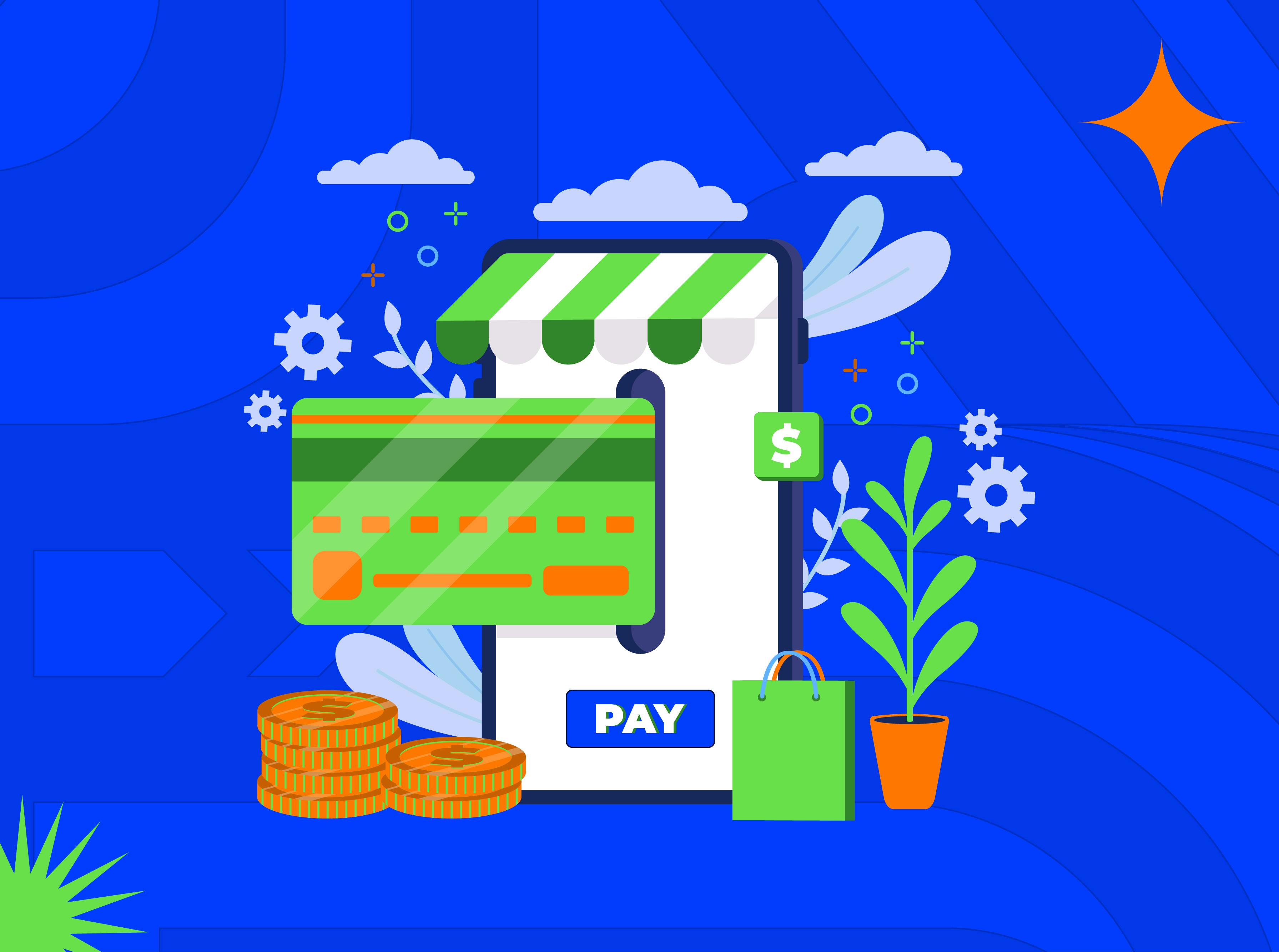A few years ago, people couldn’t go shopping without wallets bulging with cash. These days buying everything that drums up interest is easier than ever before. A tiny card or one of the numerous gadgets is all you need. The truth is: consumers don’t even have to leave their places. E-stores have become a game-changer for domestic and international markets and a real boon for buyers all over the globe.
Since the whole world is moving online, shopping is no different to this tendency. The time’s gone when people were wary of paying on the web. With rapid e-commerce development, the number of digital buyers is growing year by year. 2,05 billion shoppers stay at home when buying things in 2020. In simple English, nearly 30% of the world’s population prefers e-stores to physical ones. Picture this: online shopping took less than a decade to become a burgeoning multi-billion business.
It isn’t only goods that shoppers snap up on the web. Services are also offered there in abundance, making online payments even more indispensable for entrepreneurs. So, if you want your revenues to go into the stratosphere, you should receive electronic payments on your site. And the more methods you provide, the higher conversion rate you can expect.
Having a plethora of shops at their disposal, customers may be extremely fussy. Now sellers have to double down on gratifying their needs and ensuring stellar shopping standards. For this reason, make sure you not only accept credit card payments on your website but also offer a myriad of other methods to cover bills. In this blog post, we’ll take a closer look at the most trending ones. Read on to learn more about:
- credit cards, and why they are a #1 payment method
- mobile applications, and why their popularity is skyrocketing
- recurring billing and its perks
- a payment gateway, and why it is your best solution in the stormy waters of e-commerce





 Most Popular Payment Methods in the World: Analysis by Markets
Most Popular Payment Methods in the World: Analysis by Markets How to Increase Conversions in an Online Store with a Checkout Page
How to Increase Conversions in an Online Store with a Checkout Page How Tranzzo Simplified the Payment Process for Tickets.ua
How Tranzzo Simplified the Payment Process for Tickets.ua Integrating Multiple Payment Methods: Challenges and Solutions
Integrating Multiple Payment Methods: Challenges and Solutions Abandoned Shopping Carts: Why Businesses Lose Revenue and How to Increase the Number of Successful Payments
Abandoned Shopping Carts: Why Businesses Lose Revenue and How to Increase the Number of Successful Payments

